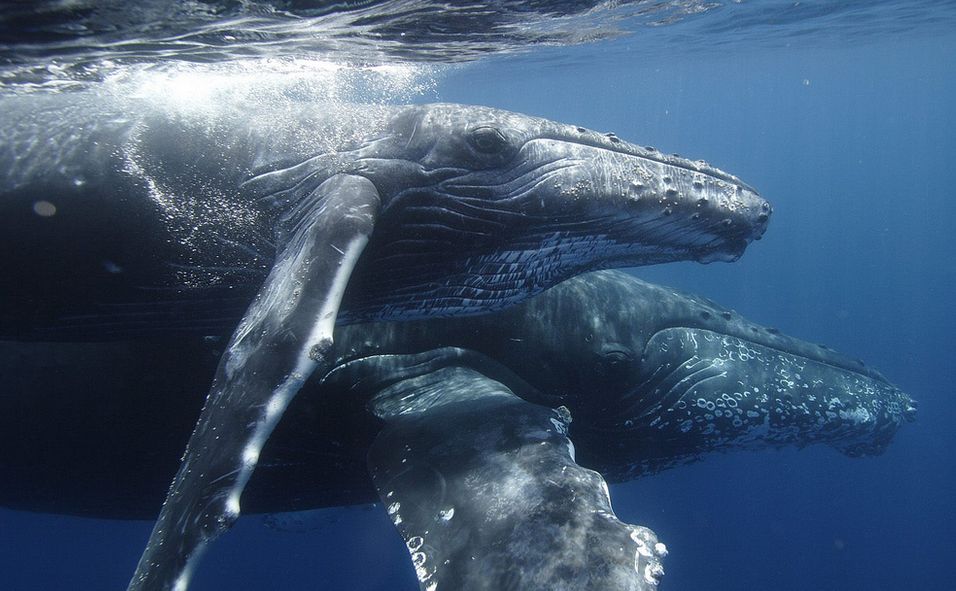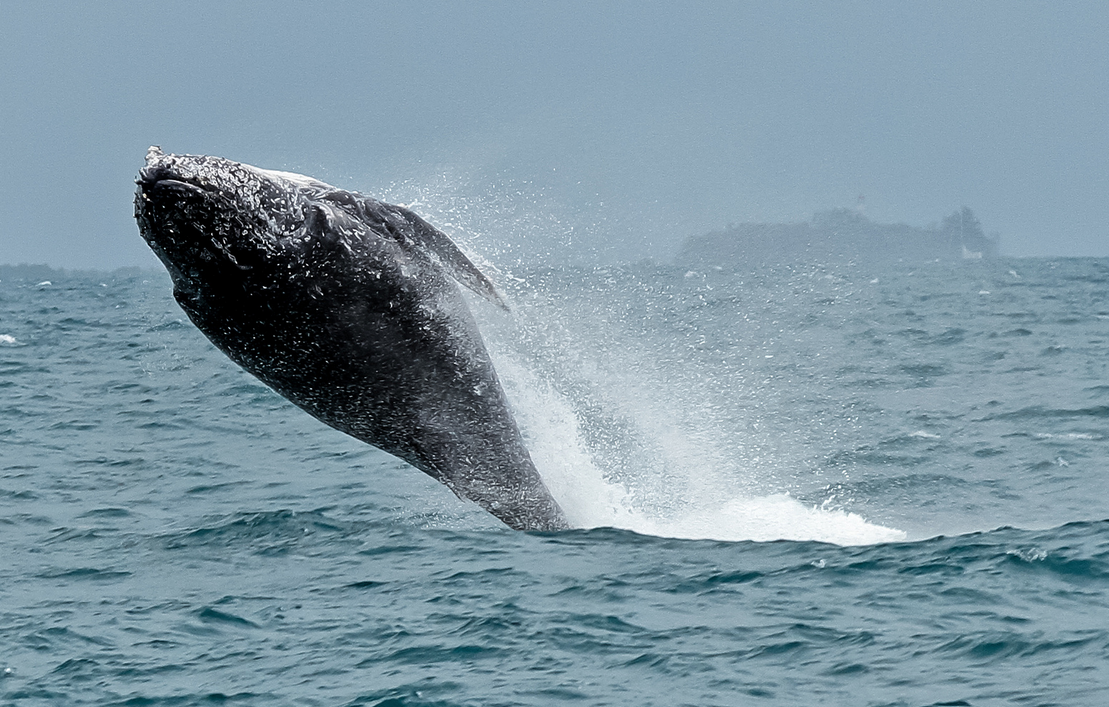29/07/2014
Whilst Peru is famed for its birdlife and other indigenous species (a famous bear springs to mind…) the seas around the country are home to a wealth of species.
The proposed marine reserve at Cabo Blanco is rich in biodiversity, and no more so than the humpback whales that migrate to the area to breed.

Since June, individual humpbacks have been arriving in the area, having completed a marathon sea voyage of over 9000km from the cooler high latitude waters where they spend the summer, to the warm tropical waters where they breed and raise their young.
The South American coast is considered the favourite place for whales to give birth, and the seas around Peru are a great place to spot these magnificent giants.The locals in Cabo Blanco have already seen the whales breaching – throwing over half their body out of the water – about 70m off shore.

Growing up to 17metres, these whales feed on the smallest creatures in the ocean, krill.
It is thought that a significant number of whale calves are born near the Peruvian coast, where several ocean currents meet. The warmer waters are perfect nurseries for the young whales, before they begin their annual migration to the colder waters of the poles for their summer feeding grounds.
Inkaterra is working hard to preserve the rich biodiversity in the area around Cabo Blanco, which is the proposed site of its next major conservation project.
29.7.14
